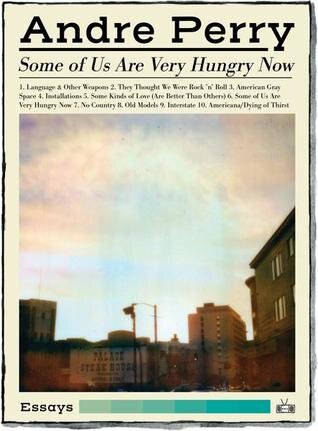STORIES WITH PICTURES BY ANTONIO TABUCCHI TRANS. ELIZABETH HARRIS
“No one can write a book. Since before a book can really be, it needs the dawn, the dusk, centuries, arms, and the binding and sundering sea.” If this assertion from “Story of the Man of Paper,” is true, then Antonio Tabucchi is, in fact, in possession of dawn, dusk, centuries, arms, and the sea because he has written a masterpiece collection, Stories with Pictures, translated from Italian by Elizabeth Harris. The book is an extended ekphrastic exploration of the relationship between visual and written art. Each story in the collection opens with an image that inspired it—either overtly, such as in “Faraway,” where the story begins with the mention of the iron bars from the paired image: “My darling, I started painting behind the fence. Strange how iron bars can signal other times,” or subtly, such as in “Flames,” where the connection between three panels of an almost floral explosion of reds and burgundies and the tale of a dying miracle worker requires deeper reading to ascertain.
The relationship between visual art and writing is not the only connection that Tabucchi is interested in. Throughout the stories, the themes of color, composition, time, movement, and music emerge. The book is divided into three sections: Adagios; Andantes, con Brio; and Ariettas. Each section’s stories mirror the musical movement suggested by the section headings: the stories in the opening section are paced slower than the stories in the second and third, matching their ascribed tempos. Tabucchi does not stop there. He includes, for example, the ballet definition of adagio in his story, “Rainy Evening on a Holland Dike,” where he depicts the back and forth between a man and a woman who share a past connection and have reencountered. Each story in his collection is an examination of art, art’s interactions with other art, the way artists create, and the ars poetica.
Stories with Pictures is a book for artists and art-lovers of all mediums. The stories within, along with the accompanying artwork, are short and engaging. Each one seems to say something new and important about life and the often-unnoticed impact that art, in any form, has in shaping us.
—Review by Sam Campbell









